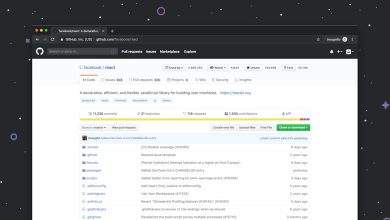
How to Make My WordPress Site Faster: 5 Easy Tips
Website speed is a crucial factor that affects both user experience and search engine rankings. A slow WordPress site can frustrate visitors, increase bounce rates, and negatively impact conversions. Fortunately, optimizing your site does not require advanced technical knowledge. By following these five easy tips, you can significantly improve your website’s loading speed.
1. Optimize Your Images
Large, unoptimized images are one of the primary reasons websites load slowly. To ensure images do not slow down your WordPress site, follow these best practices:
- Resize Images Before Uploading: Avoid using images larger than necessary. Resize them to appropriate dimensions before uploading.
- Use the Right Format: JPEG files are good for photographs, while PNGs are better for graphics with transparency. Consider using WebP for significantly smaller file sizes without quality loss.
- Use an Image Optimization Plugin: Plugins like Smush or Imagify automatically compress images without compromising quality.
2. Enable Caching
Caching reduces the load on your server and speeds up page delivery by storing copies of your website’s content. A caching plugin minimizes the need to retrieve resources every time a user visits your site.
If you are using a shared hosting plan, installing a caching plugin like WP Super Cache or W3 Total Cache is one of the quickest ways to improve loading times. Many managed WordPress hosting providers also offer built-in caching solutions, which can further enhance performance.
3. Minimize Plugins and Scripts
WordPress plugins provide extra functionality, but having too many can slow down your site. Each plugin loads additional scripts and stylesheets, which can increase loading times.
To optimize performance:
- Remove Unused Plugins: Deactivate and delete plugins that are no longer required.
- Choose Lightweight Alternatives: Some plugins are resource-heavy, while others are optimized for performance. Look for well-coded and lightweight plugins.
- Disable Unnecessary Features: Many plugins offer multiple features, so disable those you do not need.
4. Use a Content Delivery Network (CDN)
A Content Delivery Network (CDN) helps distribute your website’s static files, such as images, CSS, and JavaScript, across multiple servers worldwide. This ensures faster content delivery based on a user’s geographic location.
By implementing a CDN, you can:
- Reduce latency and improve website speed.
- Decrease bandwidth consumption on your hosting server.
- Enhance security by mitigating DDoS attacks.
Popular CDN providers like Cloudflare and BunnyCDN offer easy WordPress integration.
5. Optimize Your Database
Over time, your WordPress database accumulates unnecessary data, such as post revisions, spam comments, and transients, which can slow down your site.
Steps to keep your database clean:
- Delete Post Revisions: Reduce the number of saved revisions to avoid database bloat.
- Remove Unused Data: Delete unnecessary drafts, spam comments, and expired transients.
- Use a Plugin: Plugins like WP-Optimize help automate database cleanup and optimization.
Final Thoughts
Speeding up your WordPress website is not just about improving user experience—it also enhances SEO rankings and conversion rates. By optimizing images, enabling caching, minimizing plugins, using a CDN, and cleaning up your database, you can ensure your site runs smoothly and efficiently. Start implementing these tips today, and you will notice a tangible improvement in performance.



